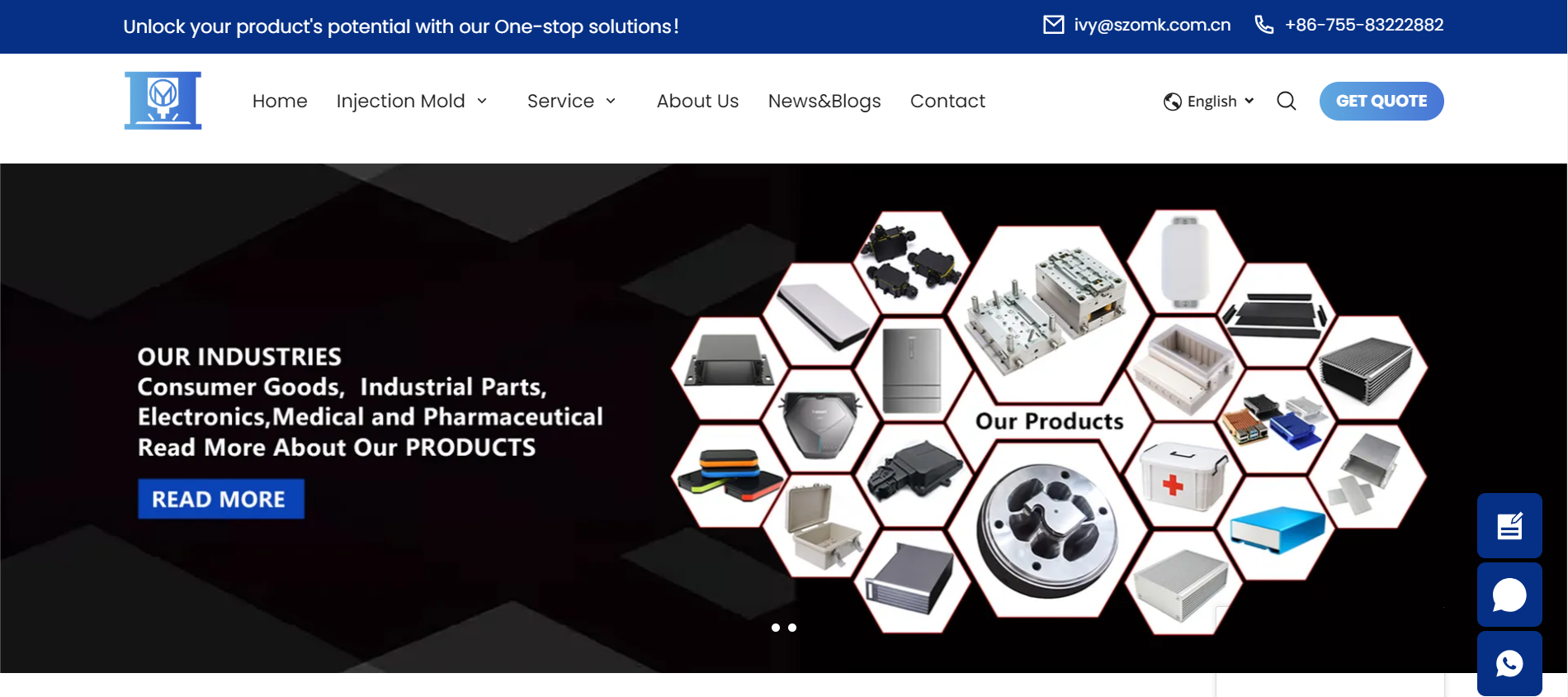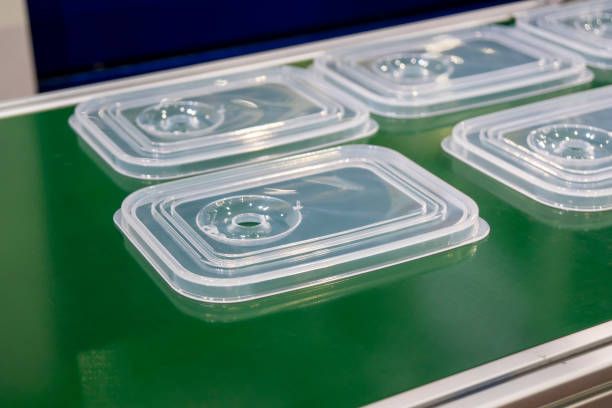Unlock your product's potential with our One-stop solutions!
+86-755-83222882

GET QUOTE
What is the Casting Process for Injection Molding?
Injection molding is a highly efficient and versatile manufacturing process widely used in various industries. Understanding the casting process for injection molding is crucial for anyone involved in manufacturing, from designers to engineers to production managers. This article will dive deep into the casting process for injection molding, explaining each step in detail and highlighting the benefits and applications of this essential manufacturing technique.
Understanding Injection Molding
Injection molding is a process used to produce parts by injecting molten material into a mold. The materials commonly used in injection molding include thermoplastics, thermosetting polymers, metals, and glass. The versatility of this process allows it to be used in manufacturing a wide range of products, from small components to large automotive parts.
What Materials Are Used in Injection Molding?
The choice of material in injection molding significantly impacts the final product's properties. Thermoplastics like polyethylene, polystyrene, and polypropylene are commonly used due to their flexibility, durability, and ease of processing. Thermosetting plastics, metals, and ceramics are also used for specific applications where higher heat resistance or structural integrity is required.
The Casting Process for Injection Molding
The casting process for injection molding involves several critical steps that ensure the final product meets the desired specifications. Each stage plays a vital role in achieving the precision and quality that injection molding is known for.
Step 1: Mold Design and Fabrication
The first step in the casting process for injection molding is mold design and fabrication. This involves creating a detailed design of the mold, considering the part's geometry, material, and production volume. Advanced software is used to design the mold, ensuring it will produce the desired part accurately. Once the design is finalized, the mold is fabricated using high-precision machining techniques.
Step 2: Material Selection and Preparation
Selecting the right material is crucial for the success of the injection molding process. The material must be compatible with the mold and suitable for the intended application. Once selected, the material is prepared by melting it into a liquid form. This step often involves drying the material to remove any moisture that could affect the quality of the final product.
Step 3: Injection Molding Machine Setup
Setting up the injection molding machine is a critical step in the process. The mold is installed in the machine, and the machine parameters are set according to the material and part specifications. This includes setting the temperature, pressure, and injection speed. Proper setup ensures the molten material is injected into the mold correctly and consistently.
Step 4: Injection of Material into the Mold
The actual injection molding process begins with the injection of the molten material into the mold. The material is injected at high pressure, ensuring it fills the entire mold cavity. The pressure must be maintained to prevent any defects in the final product, such as voids or incomplete filling.
Step 5: Cooling and Solidification
After the material is injected into the mold, it must cool and solidify. Cooling is a critical phase as it affects the final product's dimensional accuracy and structural integrity. The cooling time depends on the material and the thickness of the part. Efficient cooling is achieved by using cooling channels within the mold to remove heat rapidly.
Step 6: Mold Opening and Part Ejection
Once the part has cooled and solidified, the mold is opened, and the part is ejected. Ejector pins or plates are used to push the part out of the mold without causing damage. This step must be performed carefully to ensure the part is not deformed during ejection.
Step 7: Finishing and Quality Control
The final step in the casting process for injection molding is finishing and quality control. This involves removing any excess material, known as flash, and inspecting the part for defects. Quality control checks ensure that the part meets the required specifications and is free of any defects that could affect its performance.
Benefits of Injection Molding
Injection molding offers several benefits that make it a popular choice for manufacturing:
High Precision and Consistency
Injection molding allows for the production of highly precise and consistent parts. The process is capable of producing intricate designs with tight tolerances, making it ideal for applications where accuracy is critical.
Cost-Effectiveness for High Volume Production
While the initial setup cost for injection molding can be high, it becomes highly cost-effective for high-volume production runs. Once the mold is created, the cost per part decreases significantly, making it an economical choice for large-scale manufacturing.
Versatility in Material and Design
Injection molding can accommodate a wide range of materials and designs. This versatility allows manufacturers to choose the best material for their specific application and produce parts with complex geometries.
Efficiency and Speed
Injection molding is a fast process, capable of producing large quantities of parts in a short period. The automation of the process further enhances efficiency, reducing labor costs and increasing production rates.
Applications of Injection Molding
Injection molding is used in various industries due to its versatility and efficiency. Some common applications include:
Automotive Industry
Injection molding is widely used in the automotive industry to produce components such as dashboards, bumpers, and interior trims. The ability to produce high-quality, durable parts with complex shapes makes it ideal for automotive applications.
Consumer Goods
Many consumer goods, including toys, household items, and packaging, are manufactured using injection molding. The process allows for mass production of high-quality products at a low cost.
Medical Devices
The medical industry relies on injection molding to produce various devices and components, such as syringes, surgical instruments, and diagnostic equipment. The precision and consistency of injection molding ensure that medical devices meet strict quality standards.
Electronics
Injection molding is used to manufacture various electronic components, including housings, connectors, and circuit board components. The ability to produce parts with precise dimensions and intricate details is crucial for the electronics industry.
Conclusion
Understanding the casting process for injection molding is essential for anyone involved in manufacturing. From mold design and material selection to machine setup and quality control, each step plays a critical role in producing high-quality, precise parts. Injection molding offers numerous benefits, including high precision, cost-effectiveness, versatility, and efficiency, making it a preferred method for producing a wide range of products across various industries. Whether you are producing automotive parts, consumer goods, medical devices, or electronic components, injection molding provides a reliable and efficient solution for your manufacturing needs.
If you're looking for a trusted partner in injection molding, SZOMK is here to help. As a leading plastic injection molding company, SZOMK offers professional injection molding services tailored to meet your specific requirements. With years of experience and a commitment to quality, SZOMK ensures that every project is completed with the utmost precision and care. Whether you need custom mold design, material selection guidance, or high-volume production, SZOMK has the expertise and resources to deliver exceptional results. Contact SZOMK today to learn more about how our injection molding services can support your manufacturing needs and help bring your products to life.


